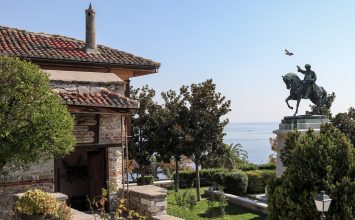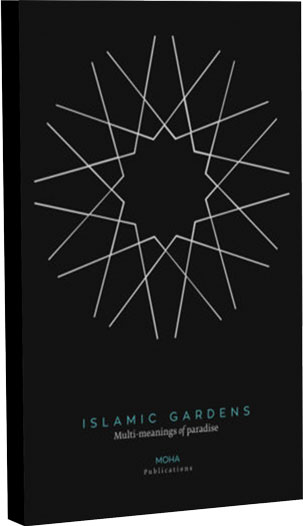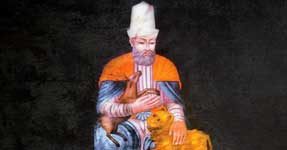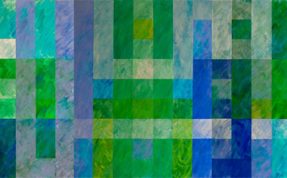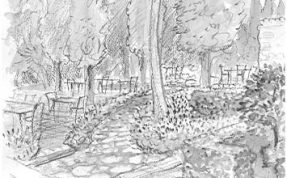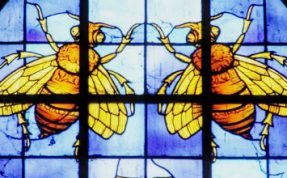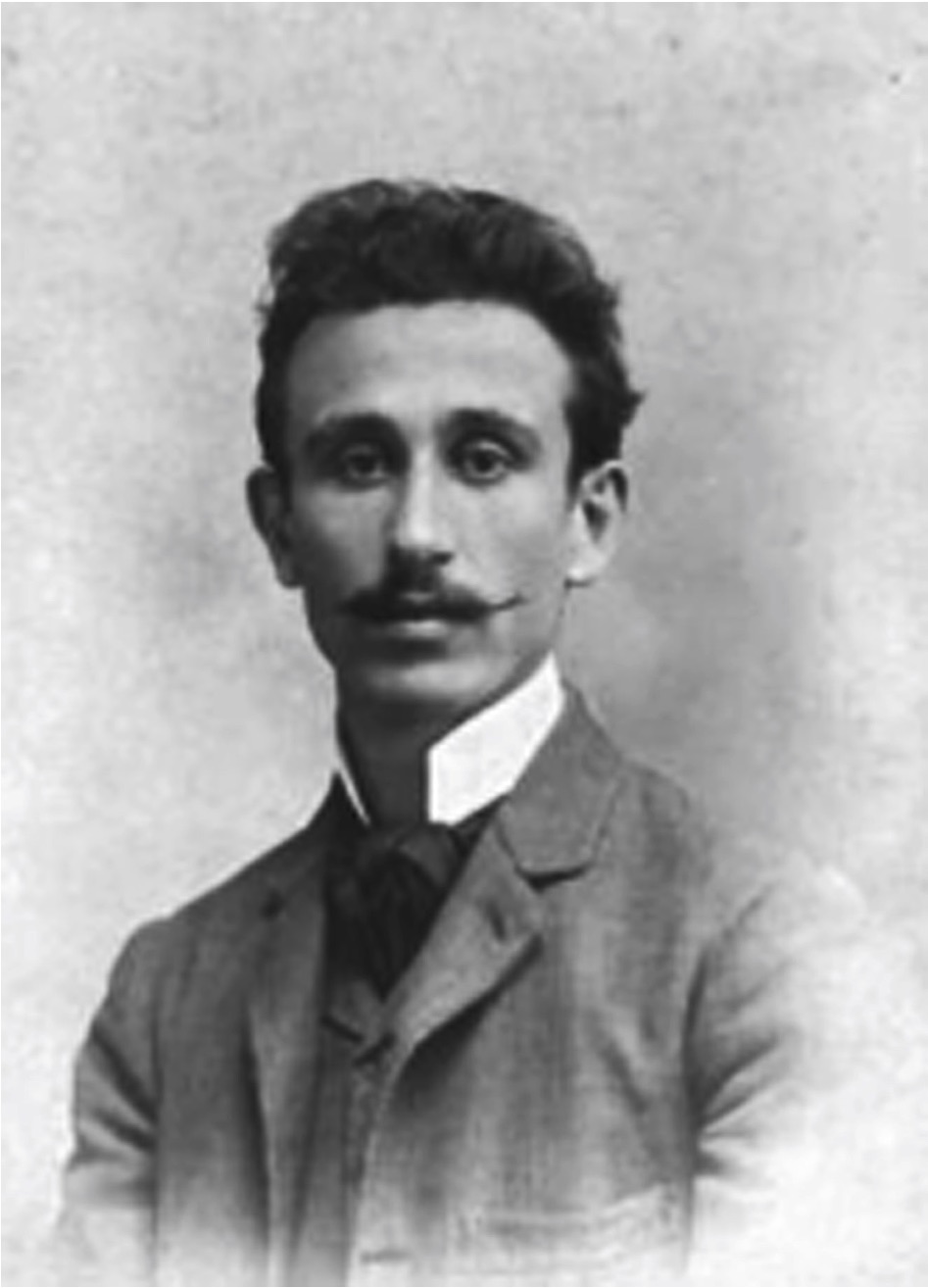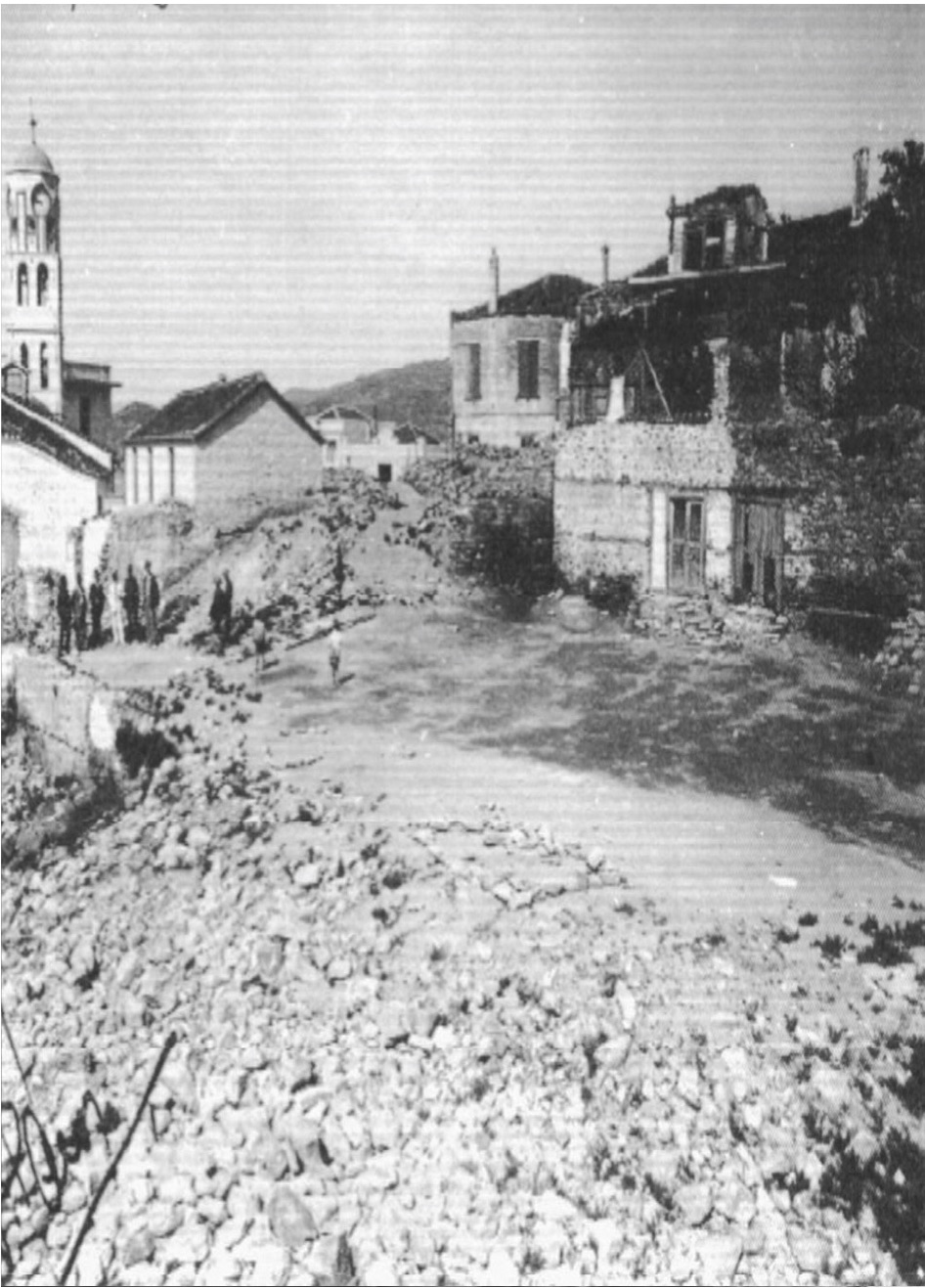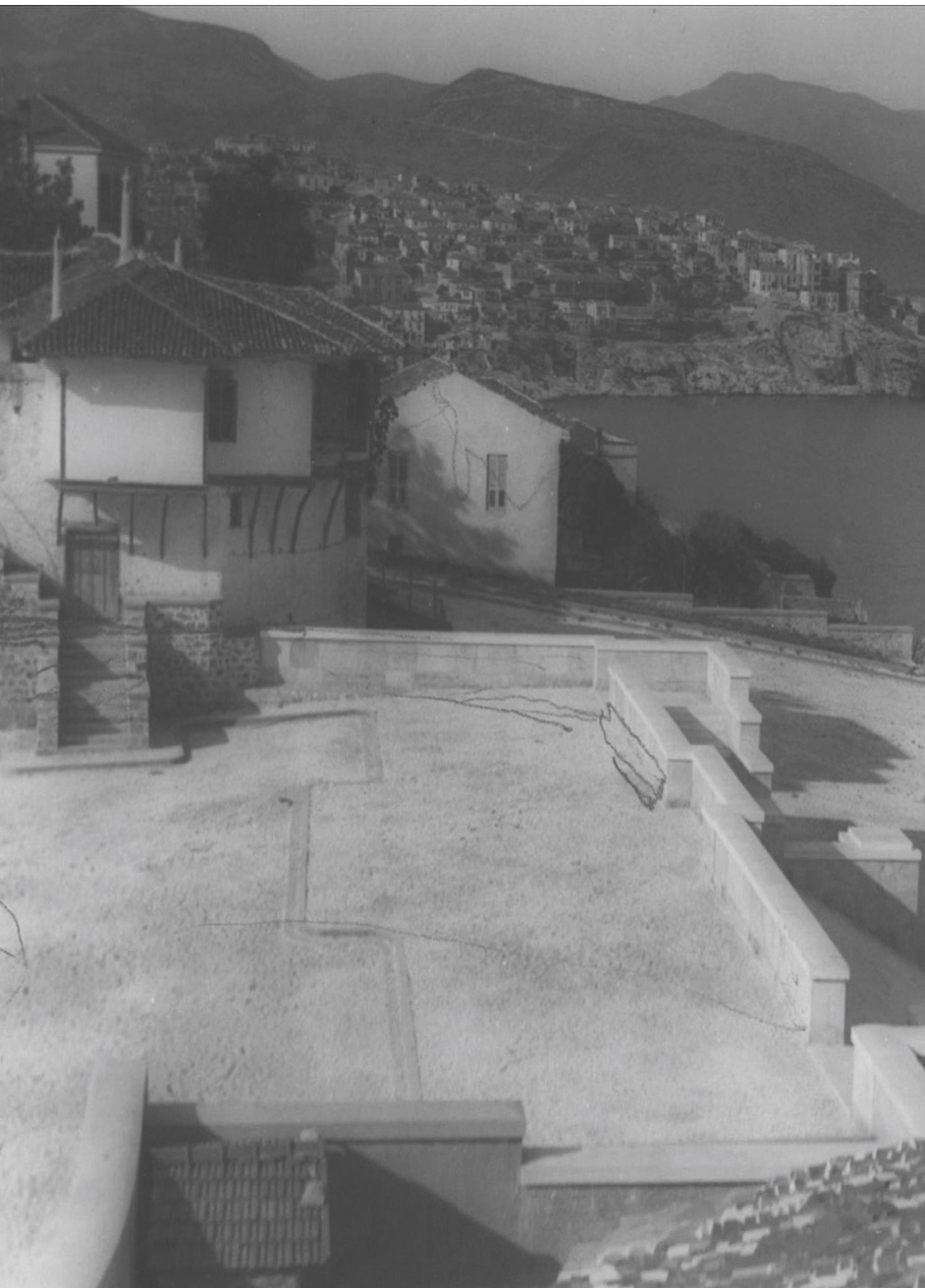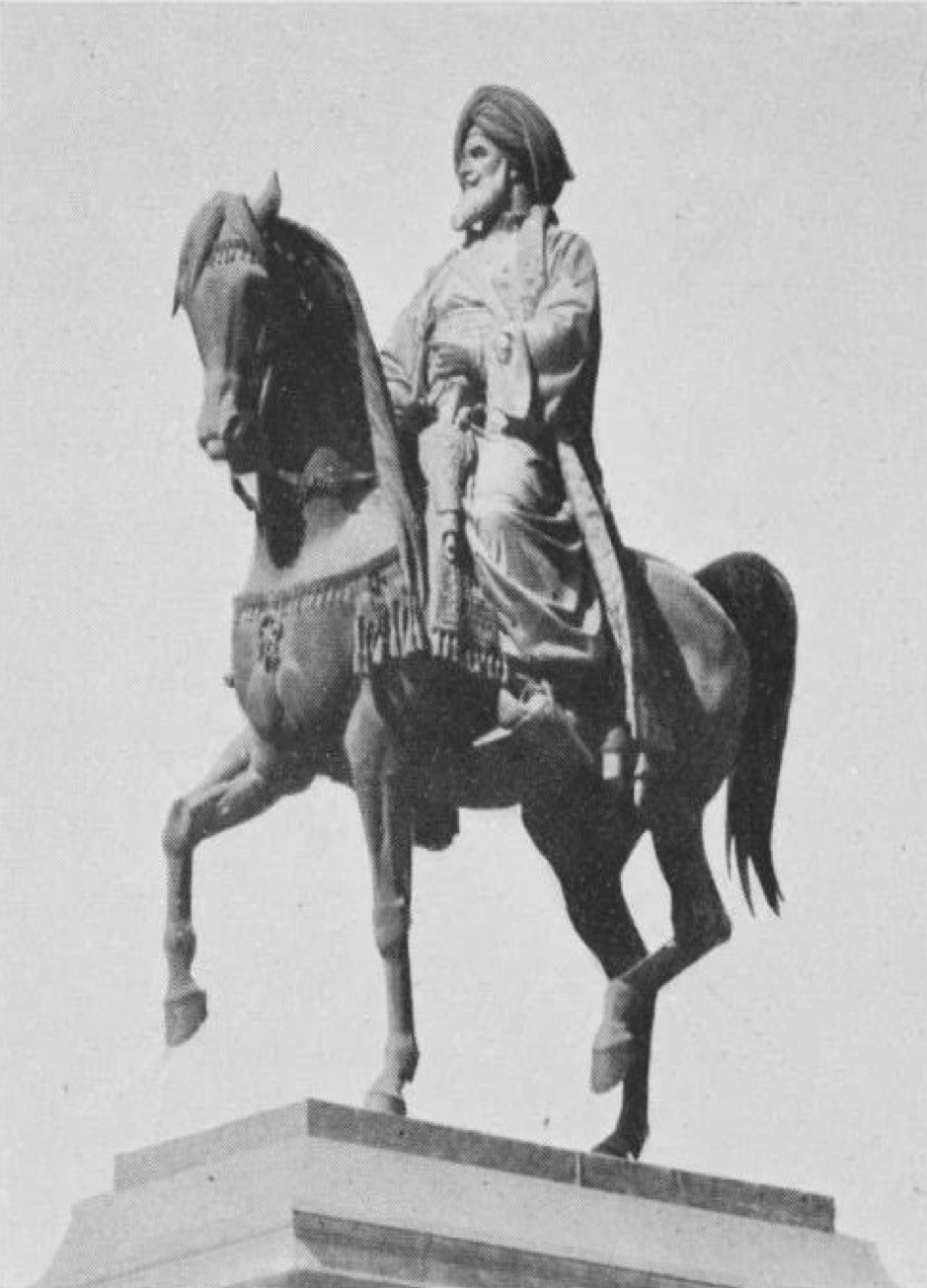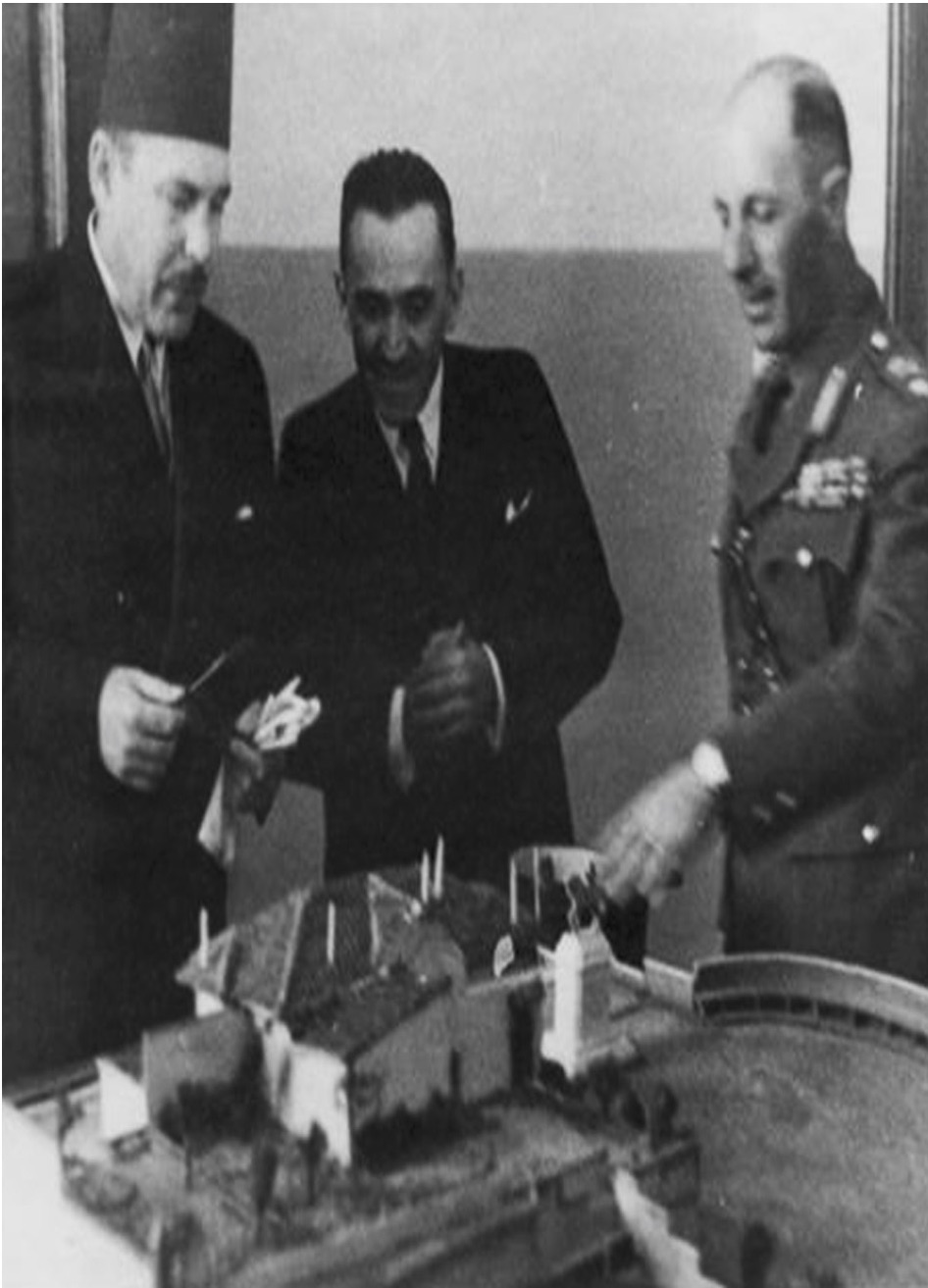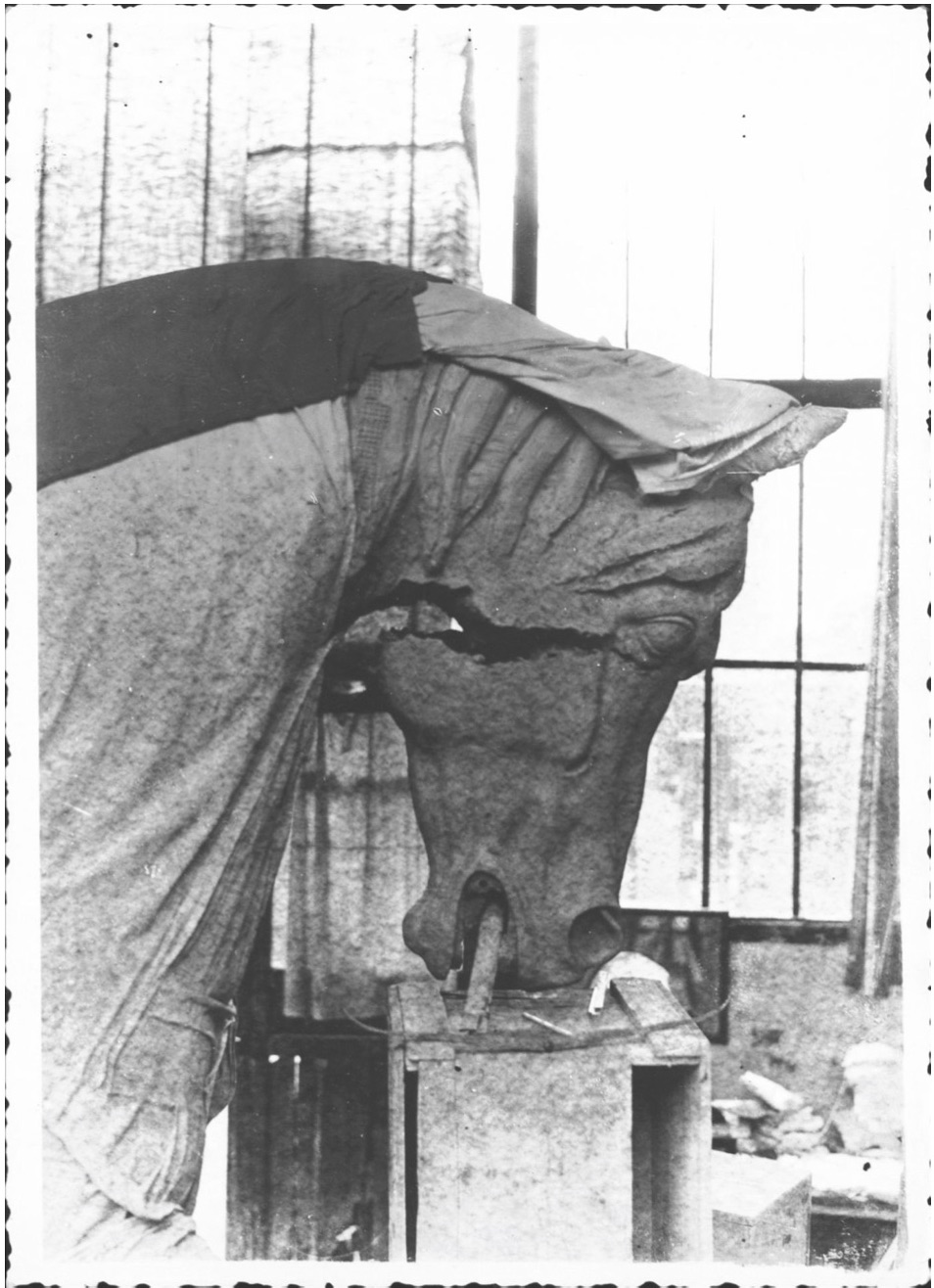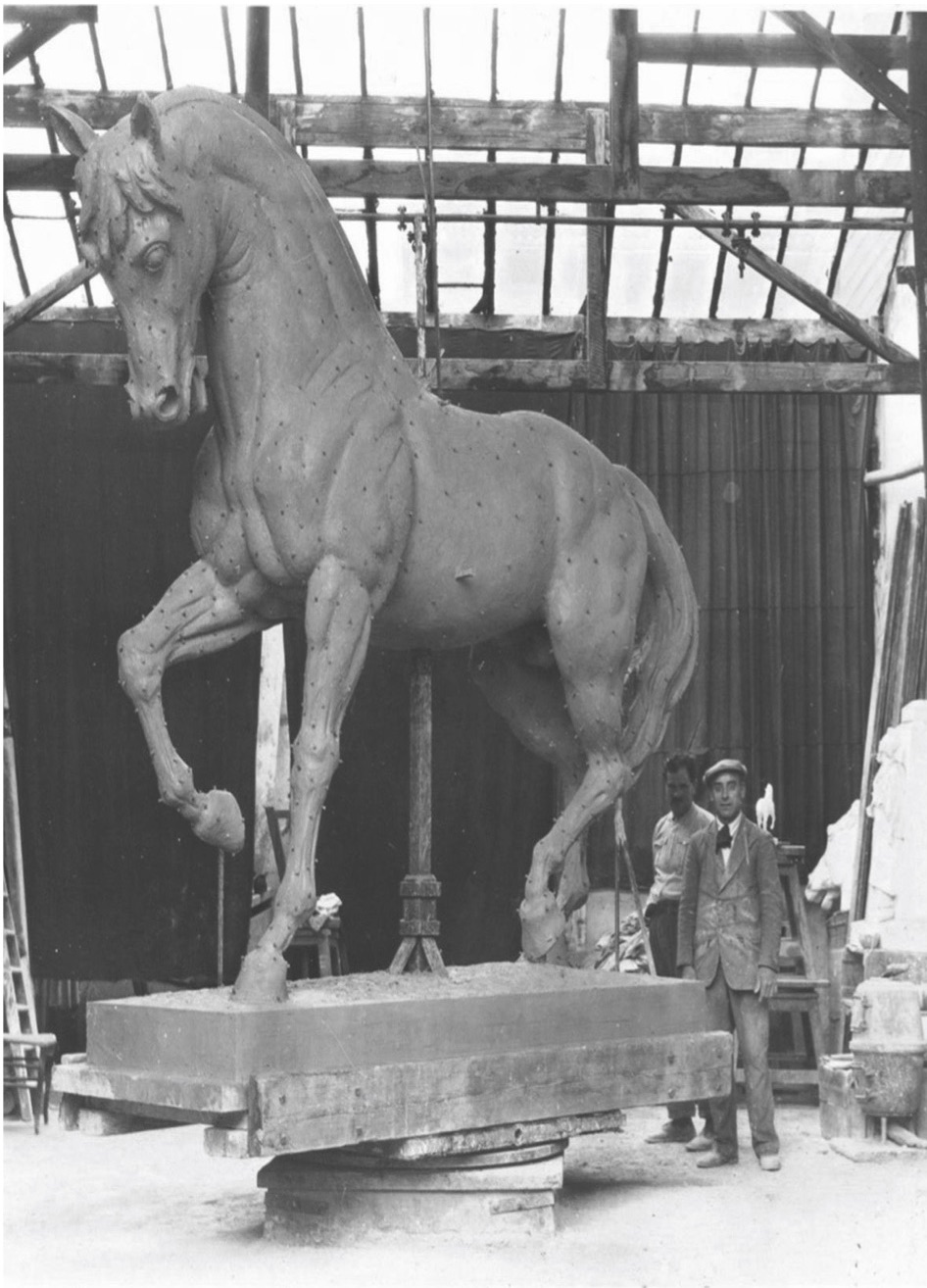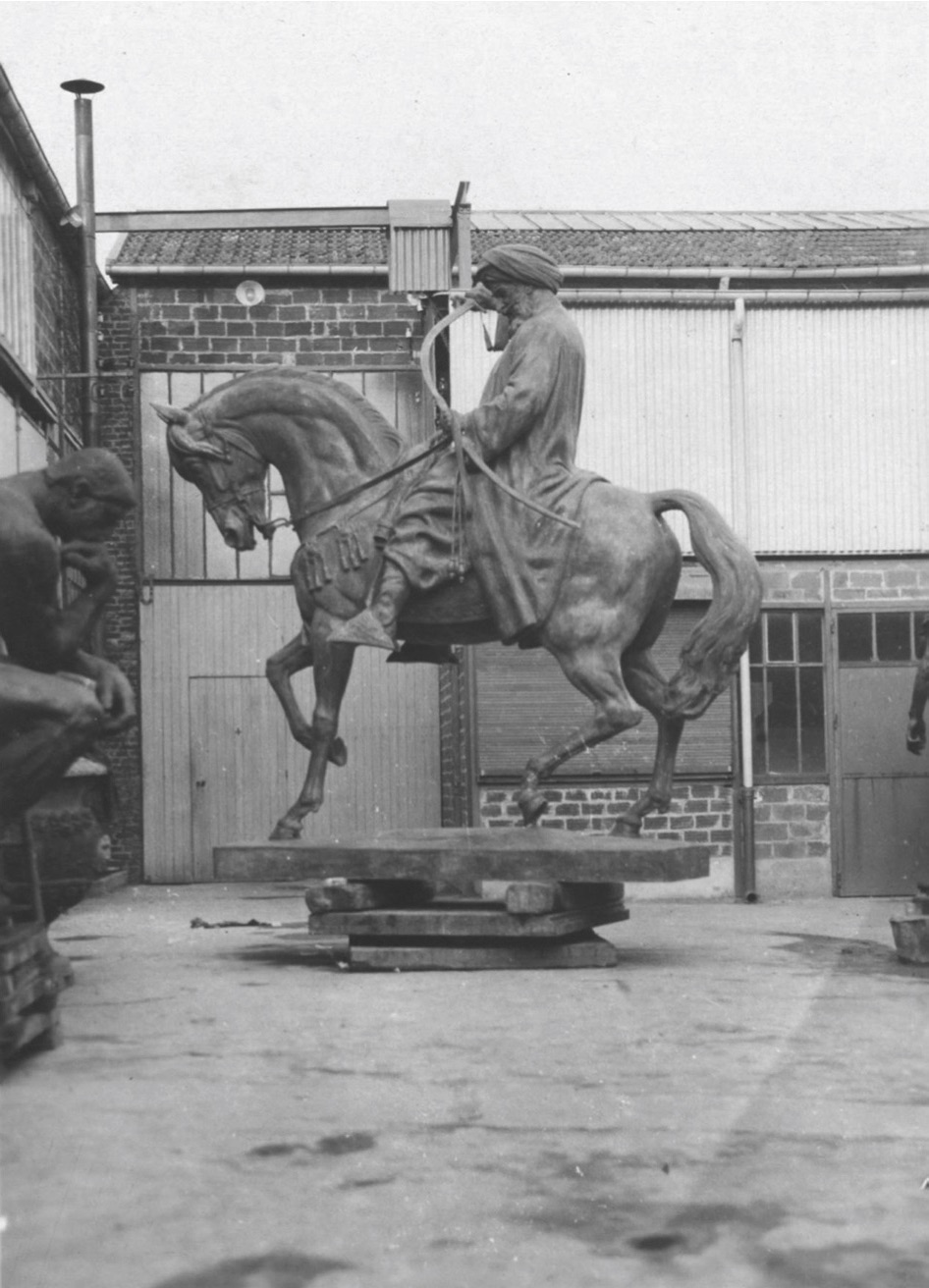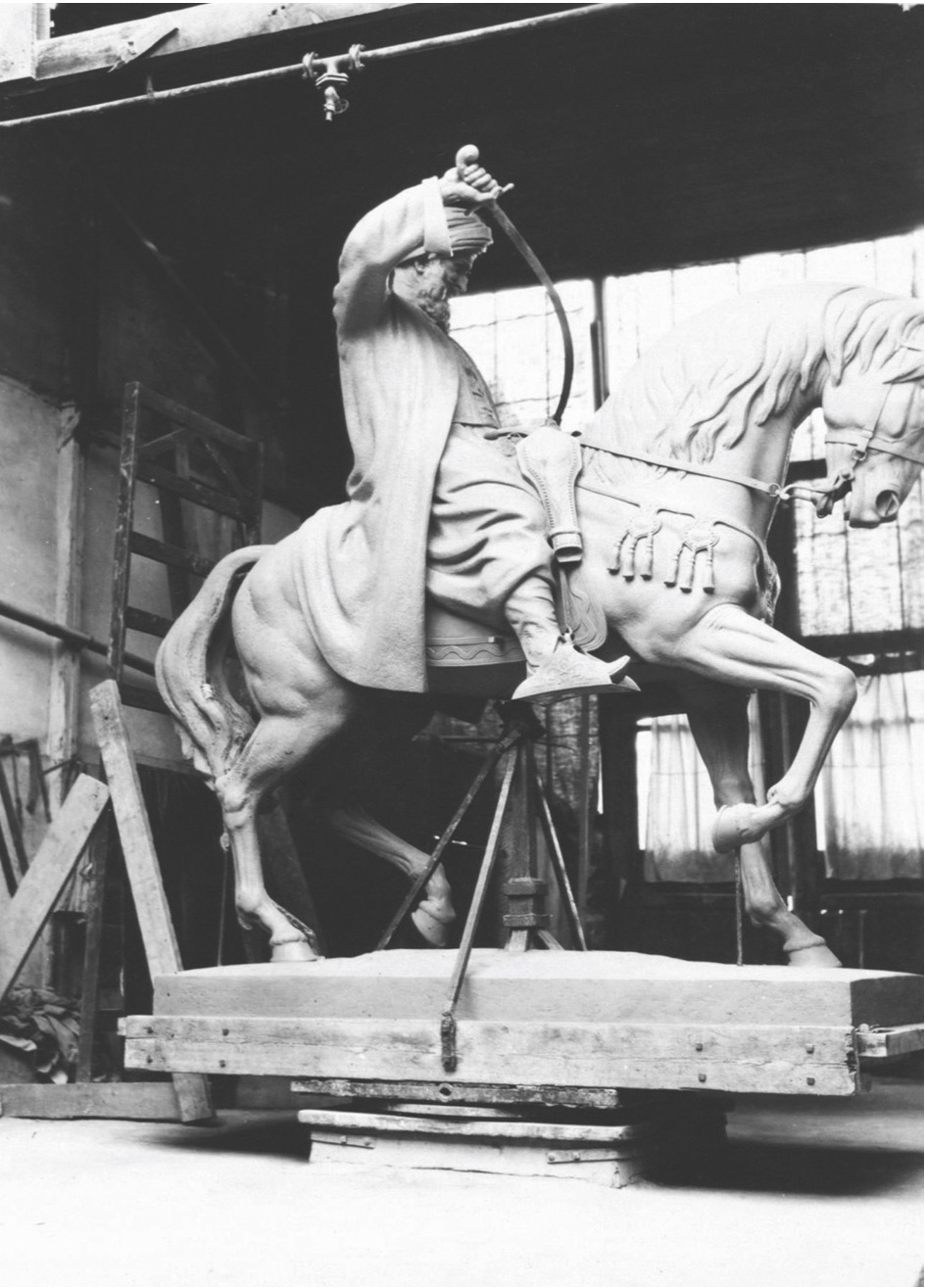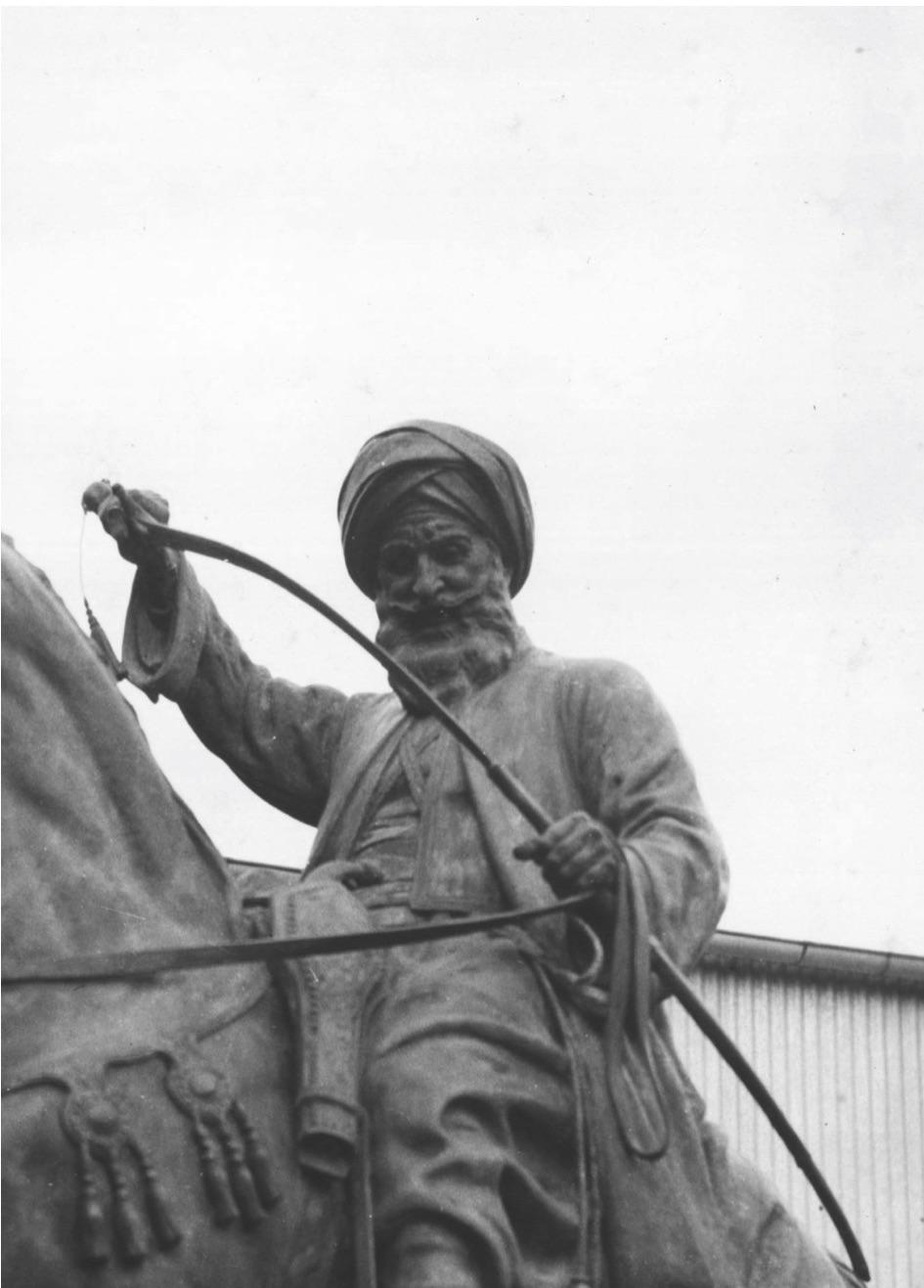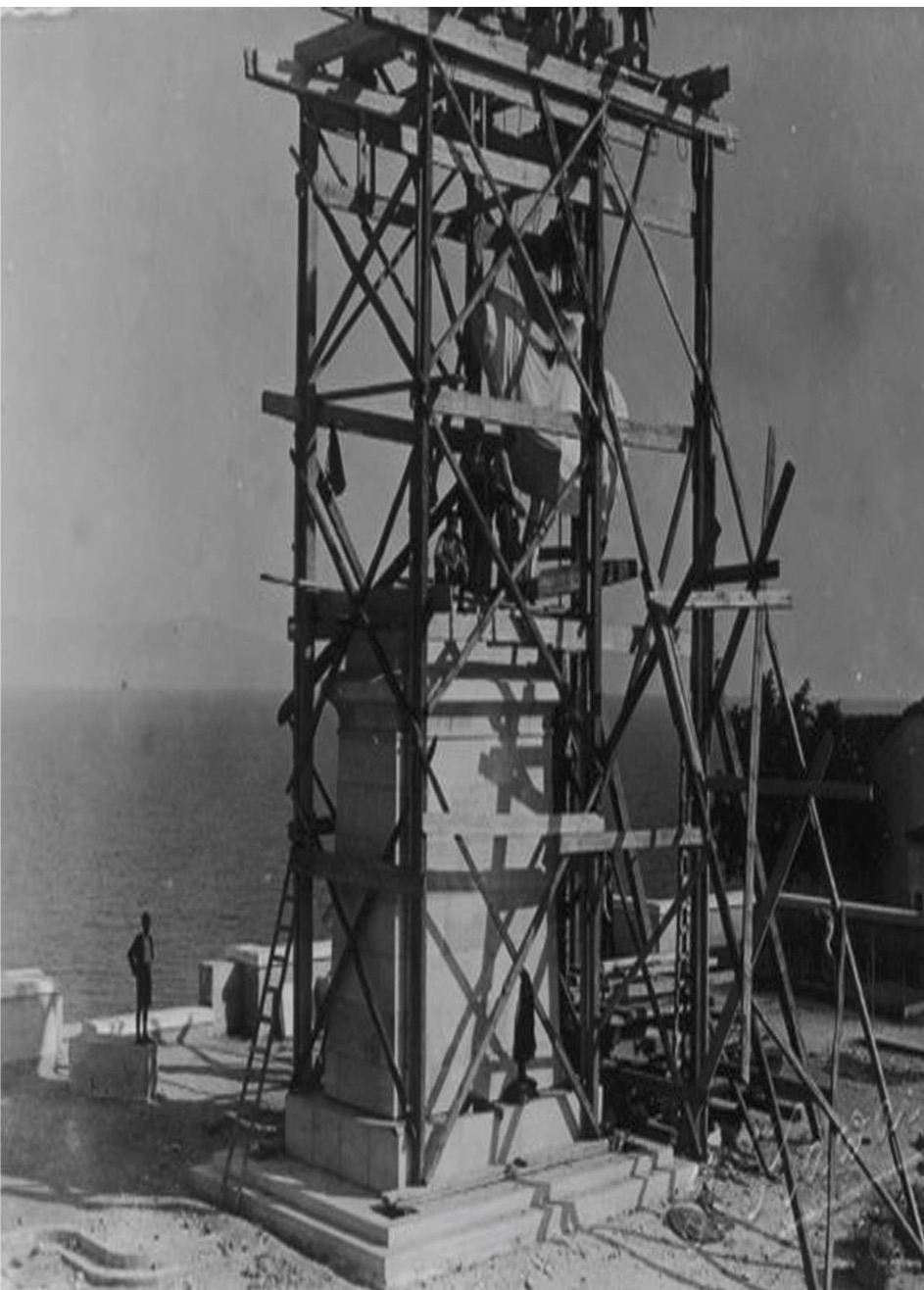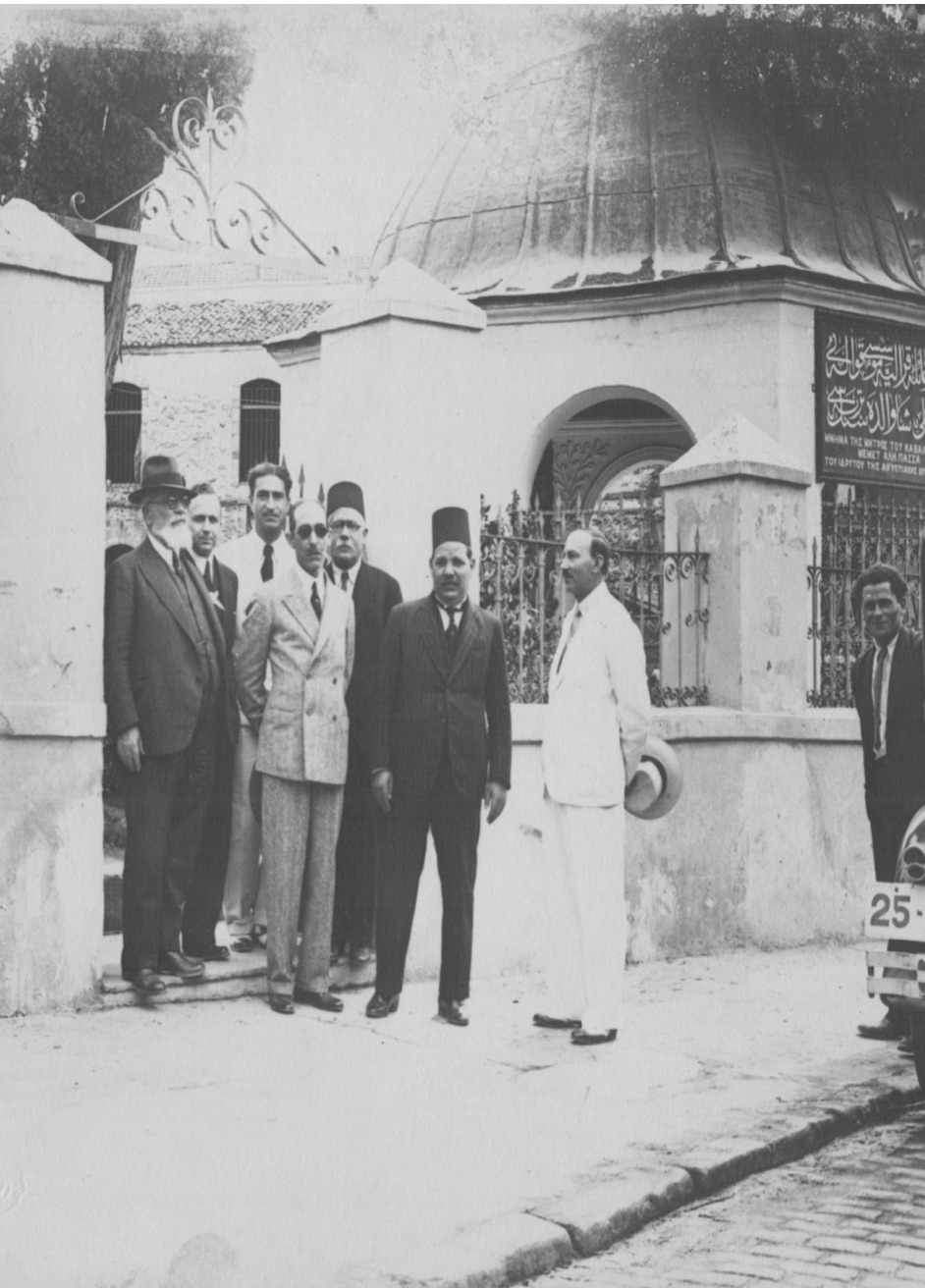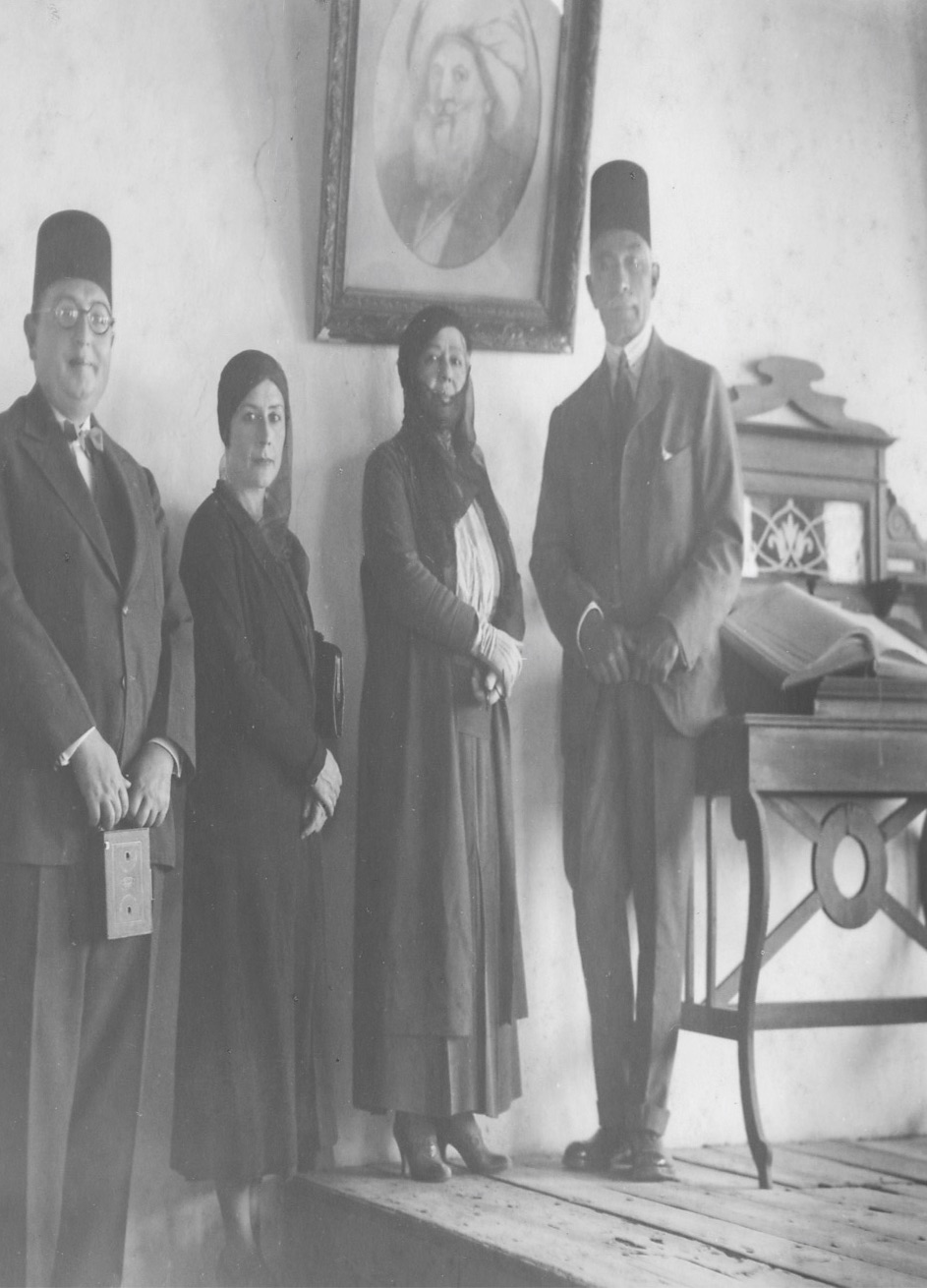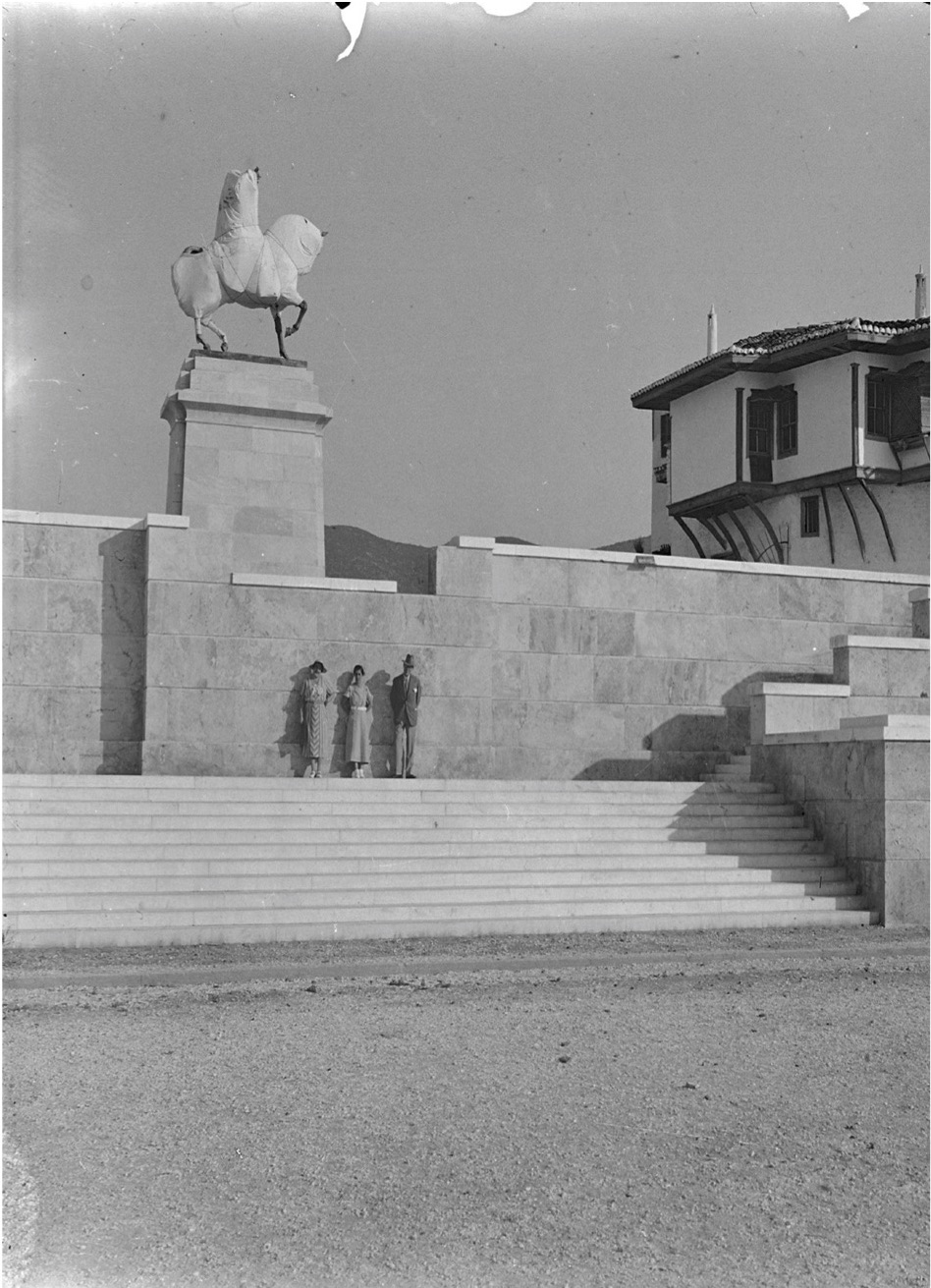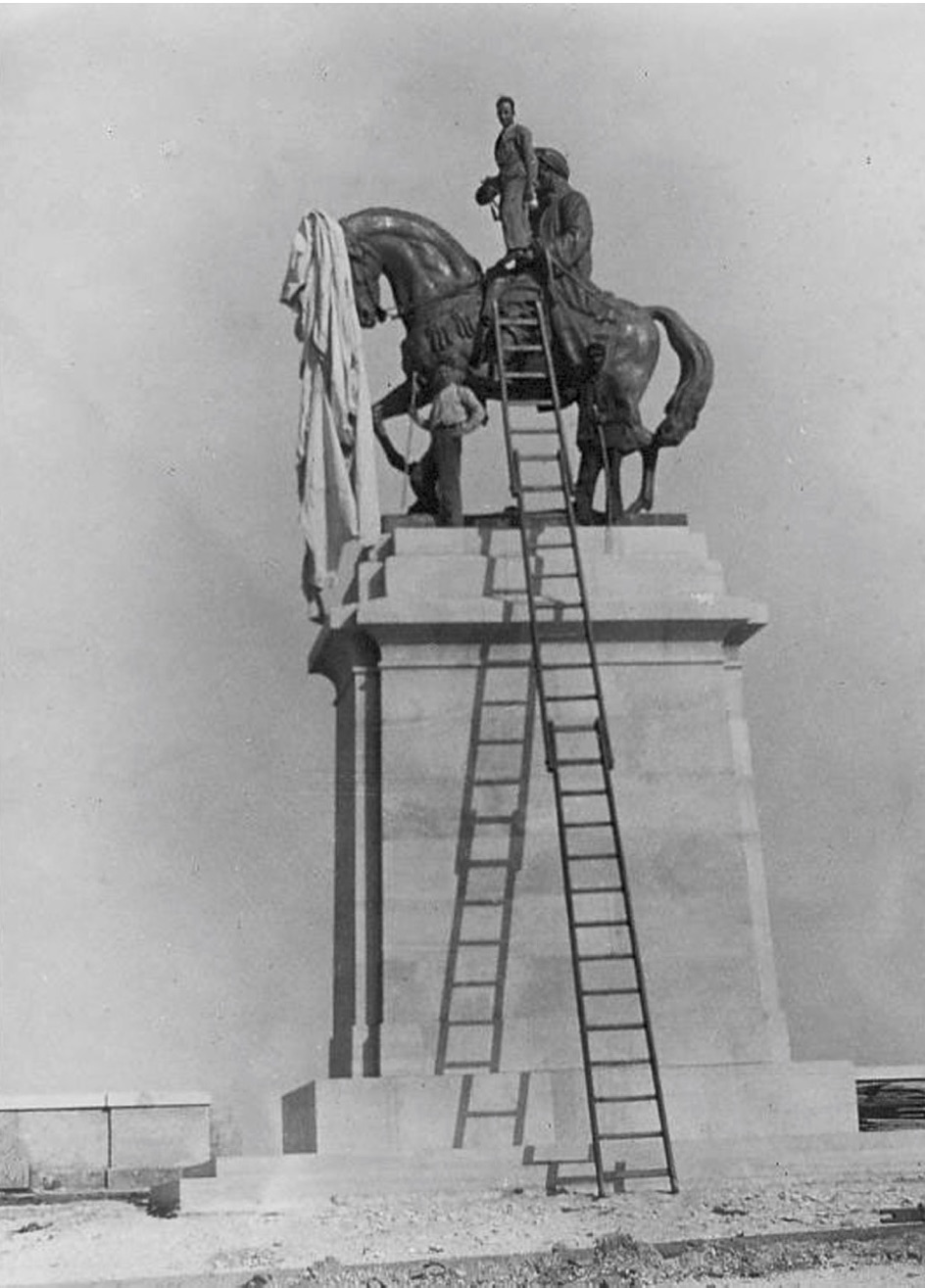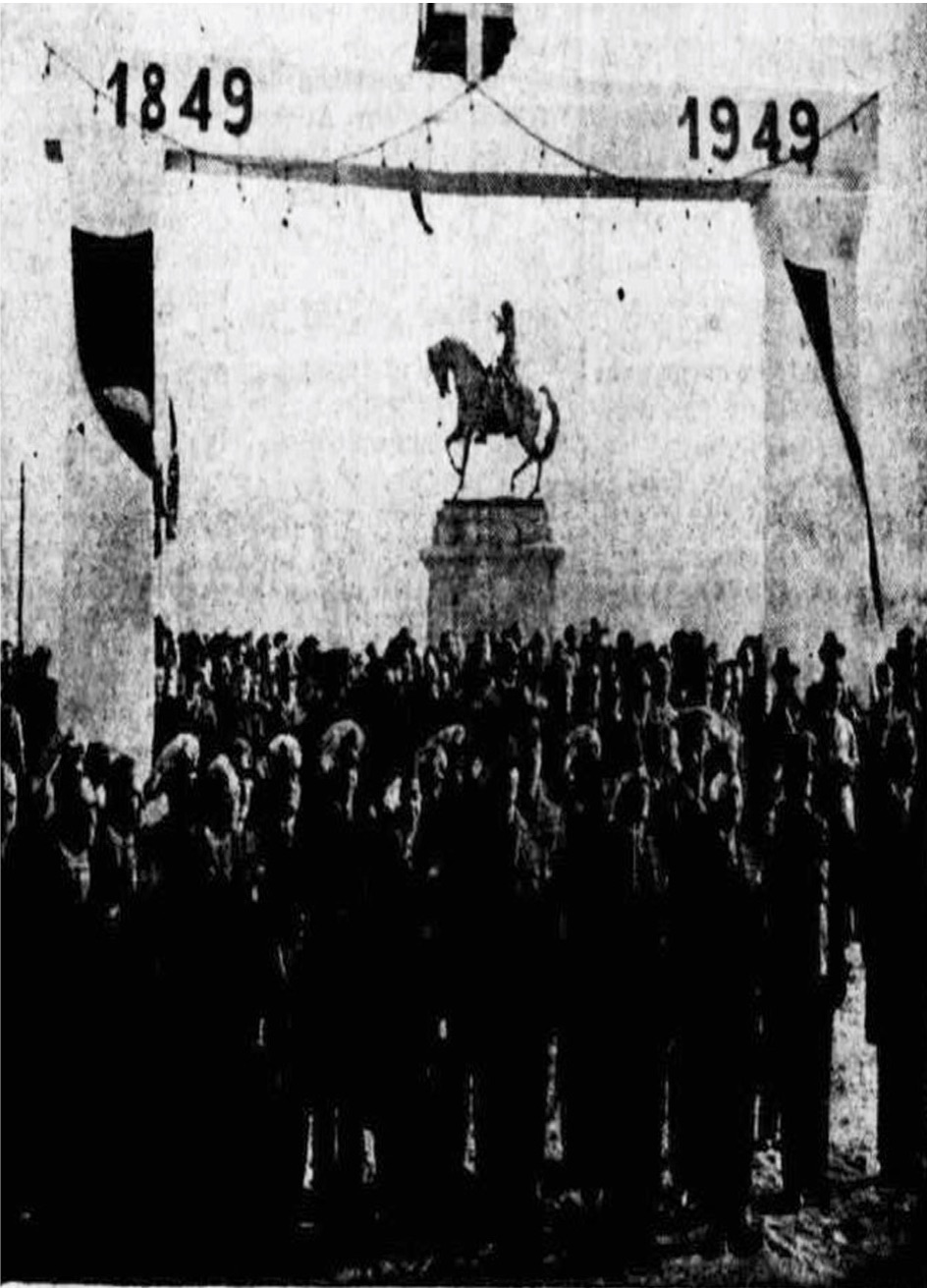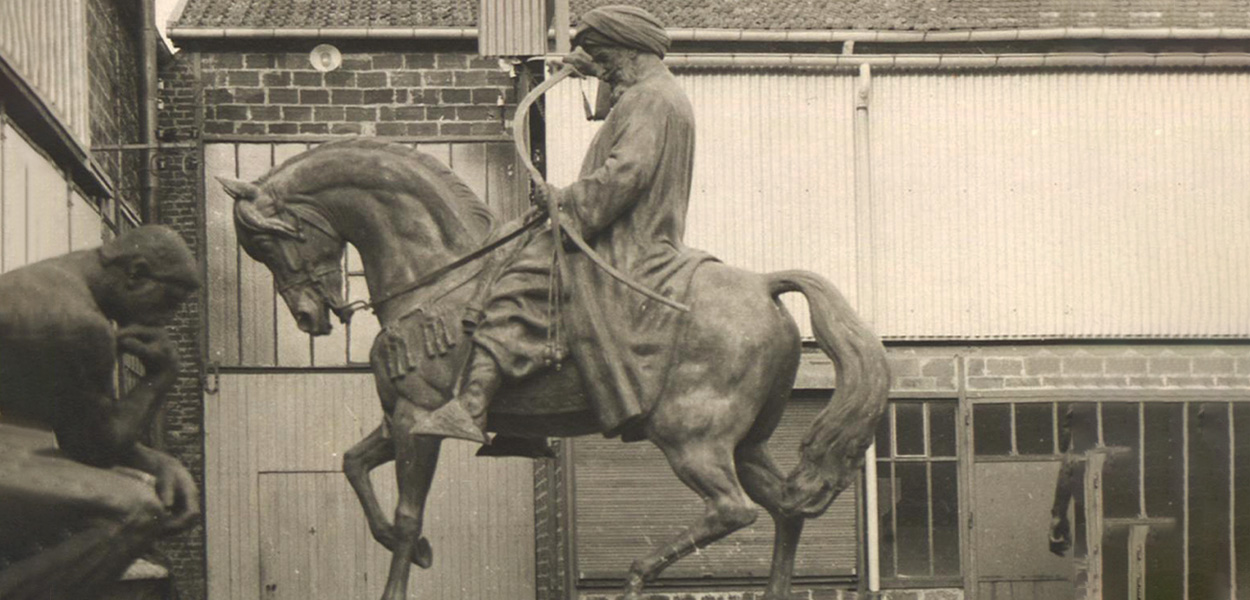
MOHAMMED ALI's SQUARE AND STATUE
The Greek Communities of Egypt and the Greek Government decided to honor Mohammed Ali Pasha, the reformer of Egypt, a leader who allowed the involvement of the Greeks in the cultivation and trade of cotton. Around 1929, the decision was made to erect a statue of the governor in his hometown, Kavala, in front of his mansion. Through the embassies, the Greek sculptor with the international career and fame, Konstantinos Dimitriadis, was selected to implement the work.
Born in 1881, Konstantinos Dimitriadis studied sculpture in Athens, Munich and Paris. In 1905 he opened his own workshop in the French capital. He participated in the 1924 Olympic Games in Paris, not in sports, but in sculpture, as the program also included artistic competitions. His work Discobole Finlandais won the gold medal. This work is currently in New York, while a copy is in Athens, opposite the Panathinaiko Stadium.
In 1930 he returned to Athens and, with the intervention of Eleftherios Venizelos, he was appointed first director of the School of Fine Arts and professor of sculpture, a position that he held until his death. He also collaborated with the artists Fokionas Rok and Thomas Thomopoulos for the monument of the Unknown Soldier in Syntagma Square in Athens (1932).
The busts and other public monuments he created are characterized as realistic works. However, the rest of Dimitriadis’ work, the private one, is influenced by the work of the French sculptor Auguste Rodin in terms of the selection and performance of his subjects. In his private work, Dimitriadis emphasized movement and the instantaneous, and elaborated on human anatomy to the point of making it an allegorical symbol by Rodin’s standards.
The sculptor visited Cairo for discussions and returning to Greece, he went to Kavala for the first time (29/5/1930). Concluding his on-site study, he submitted his proposals to the Ministry of Transportations for the necessary expropriations of the surrounding lands and the demolition of the surrounding ramshackle buildings, for the construction of the square that was to house the statue. After persistent recommendations in order to start the process, in October 1930 the works began and were completed in 1933. For the construction of the square with the superimposed zones and the double staircase, tufa, marble and cement mortar were used. The standards are classic. The project was also inspected by the architect of the Egyptian Royal Court, Ernesto Verucci Bey.
After extensive correspondence with the agents of the Greek Community of Egypt and contrary to the artist’s original plans for an upright statue, in 1930 the choice of a equestrian statue was finalized. There was also a similar statue in Alexandria, the one of Mohammed Ali by the French sculptor Henri Alfred Jackemart. The architect of the Royal Egyptian Court, Ernesto Verucci Bey, ordered and sent to Dimitriadis’s workshop a special suit and turban to be used as a model for Mohammed Ali’s costume. In 1931 Dimitriadis presented a complete model of the square in Cairo. In the period 1931-1933, he created the model of the statue. This was followed by the casting of the brass statue at the famous Rudier foundry, where Rodin, whose admirer Dimitriadis was, also cast his works.
On May 28, 1934, the statue was handed over by the sculptor to the then mayor of Kavala, Dimitrios Partsalidis. For the next 15 years, years of war and occupation, the statue remained covered with burlap. The official unveiling of the statue finally took place on December 6, 1949, a century after the death of Mohammed Ali. Konstantinos Dimitriadis, who had died in 1943, was missing from the official event.
